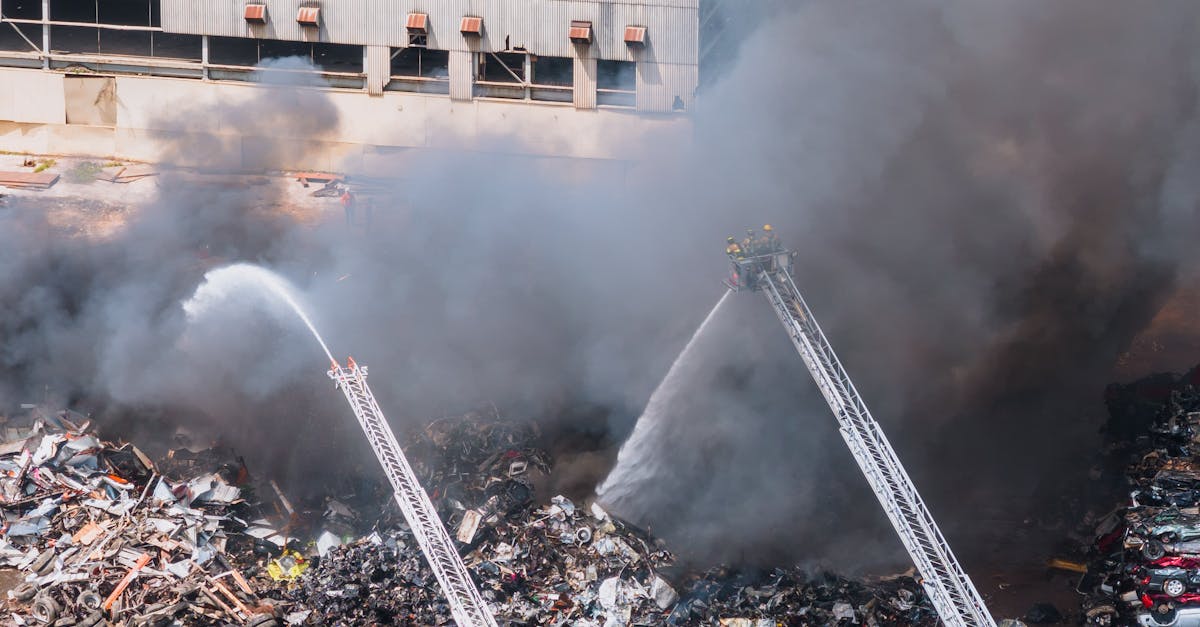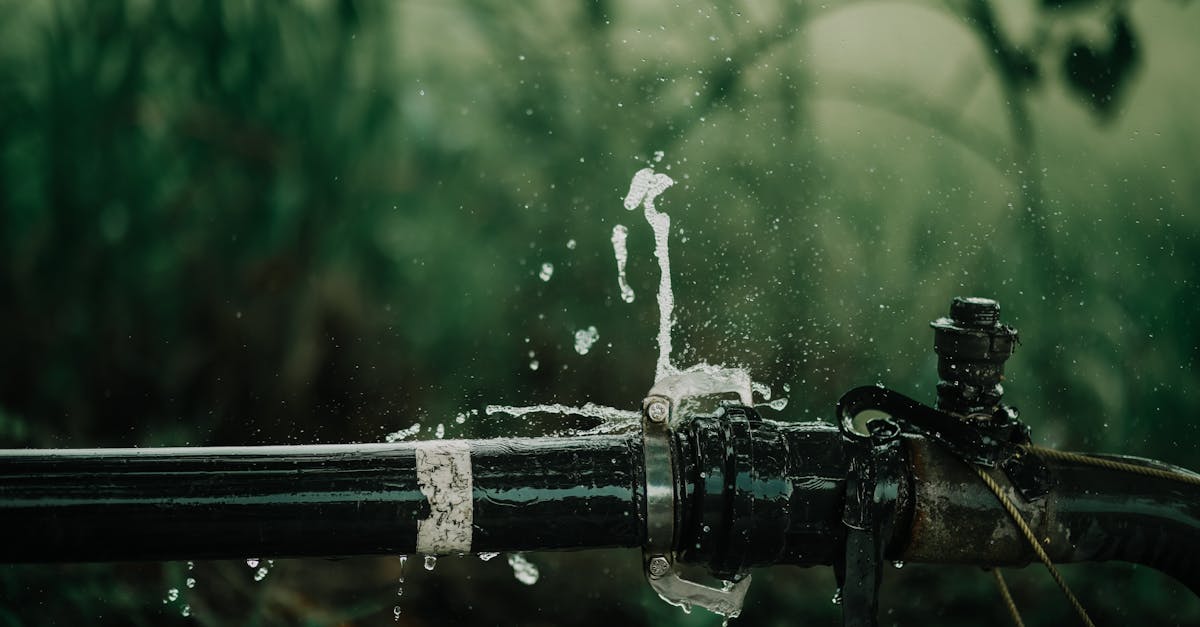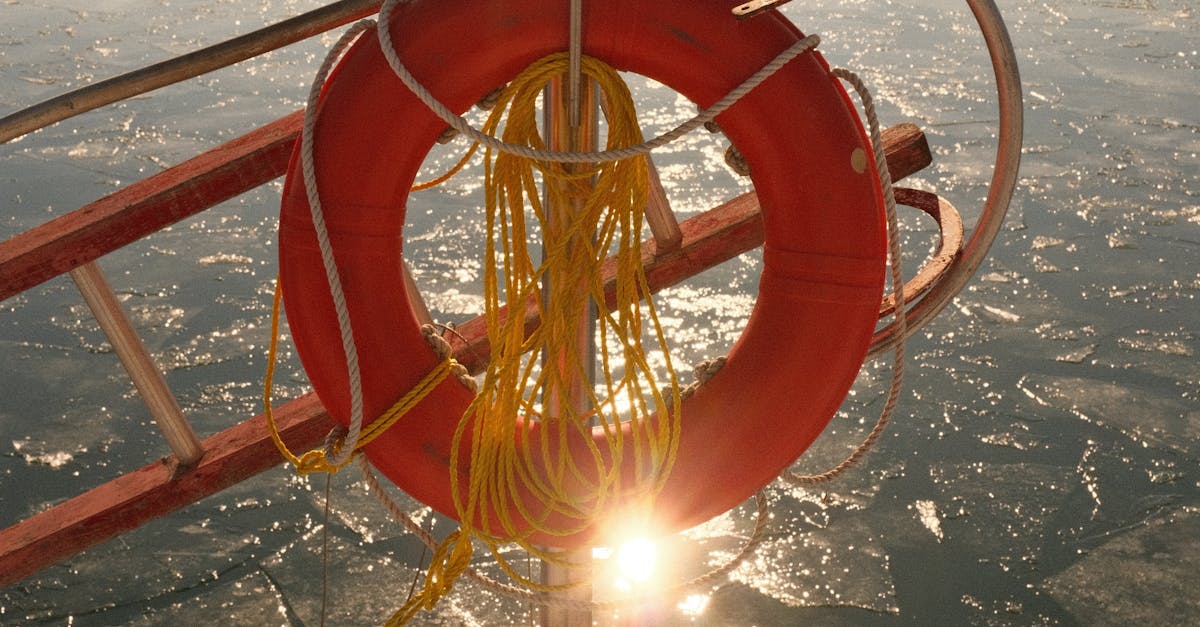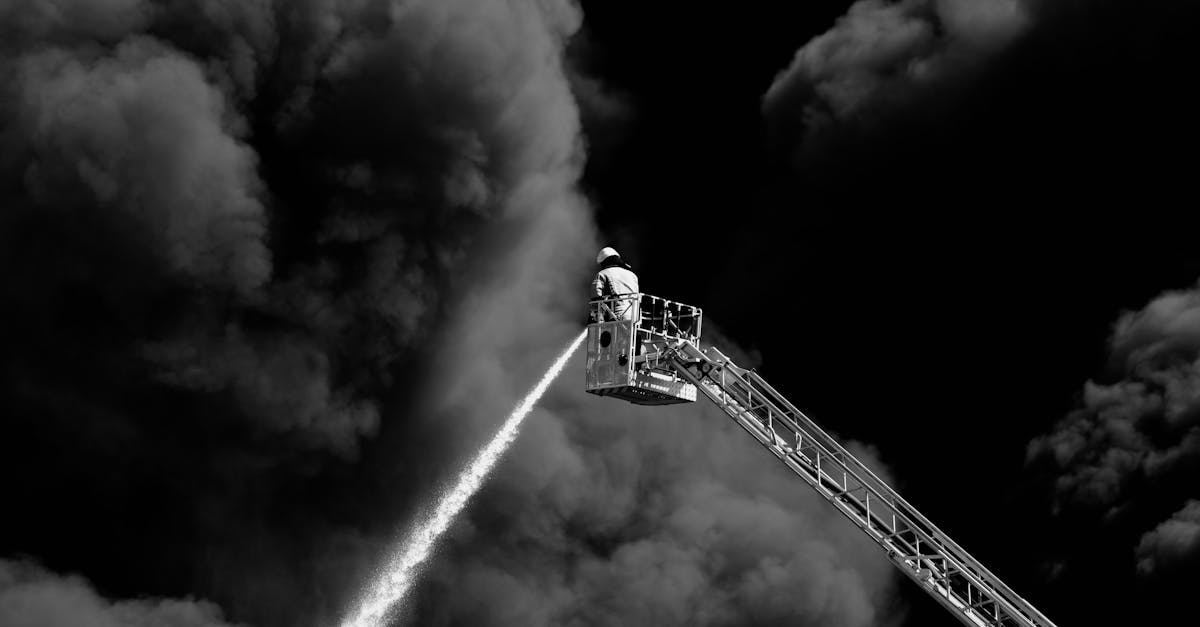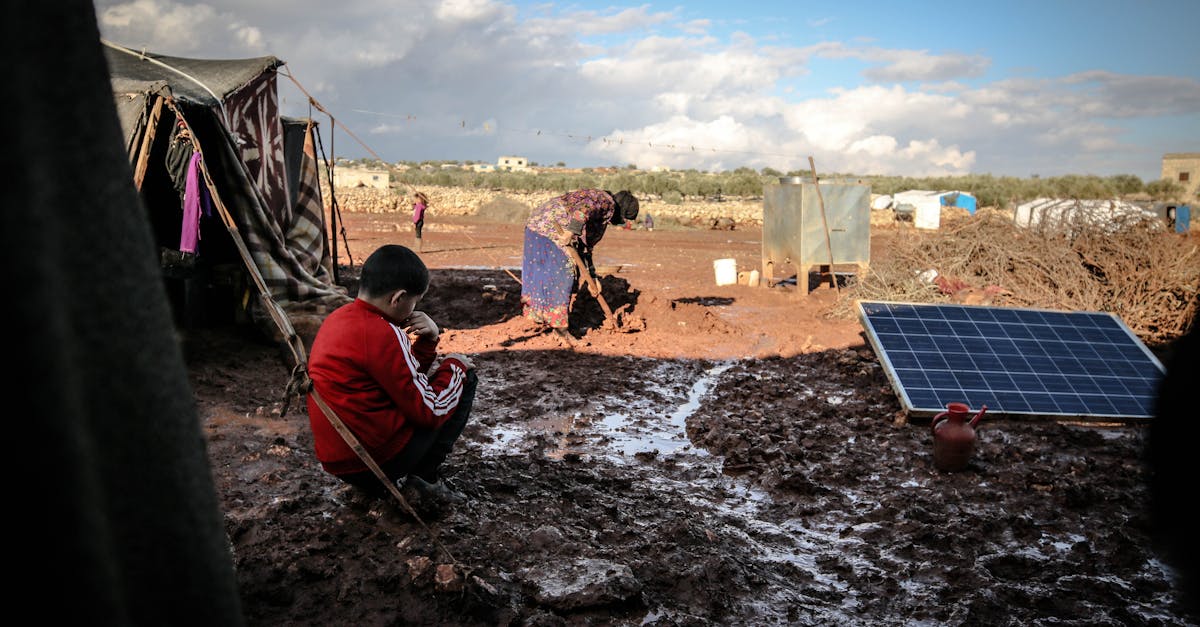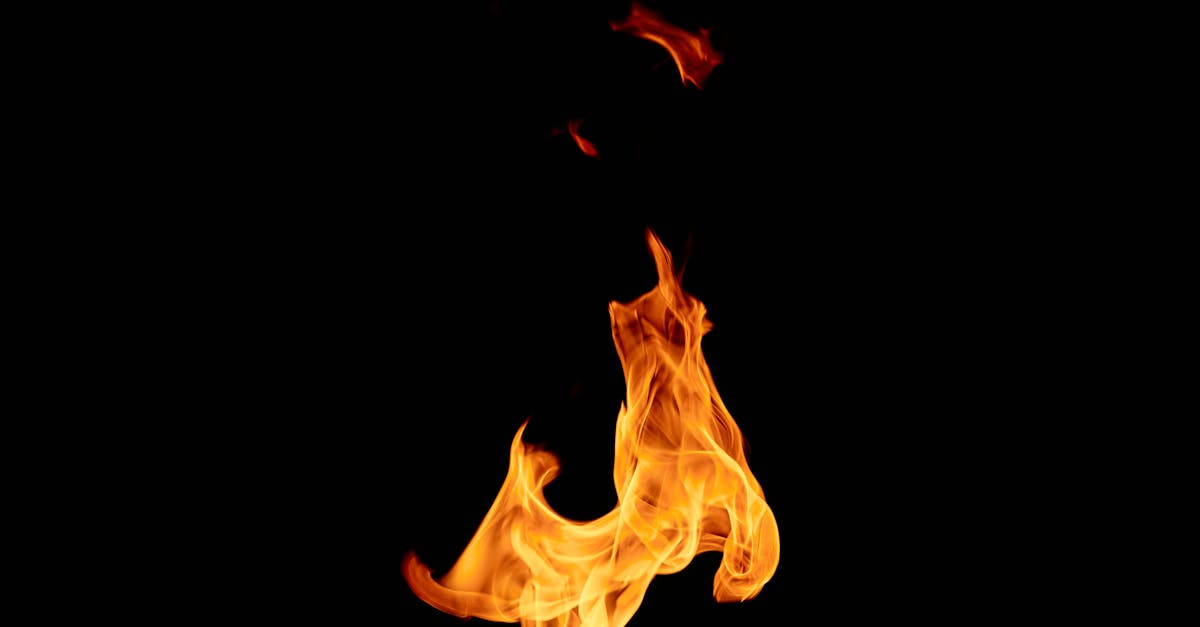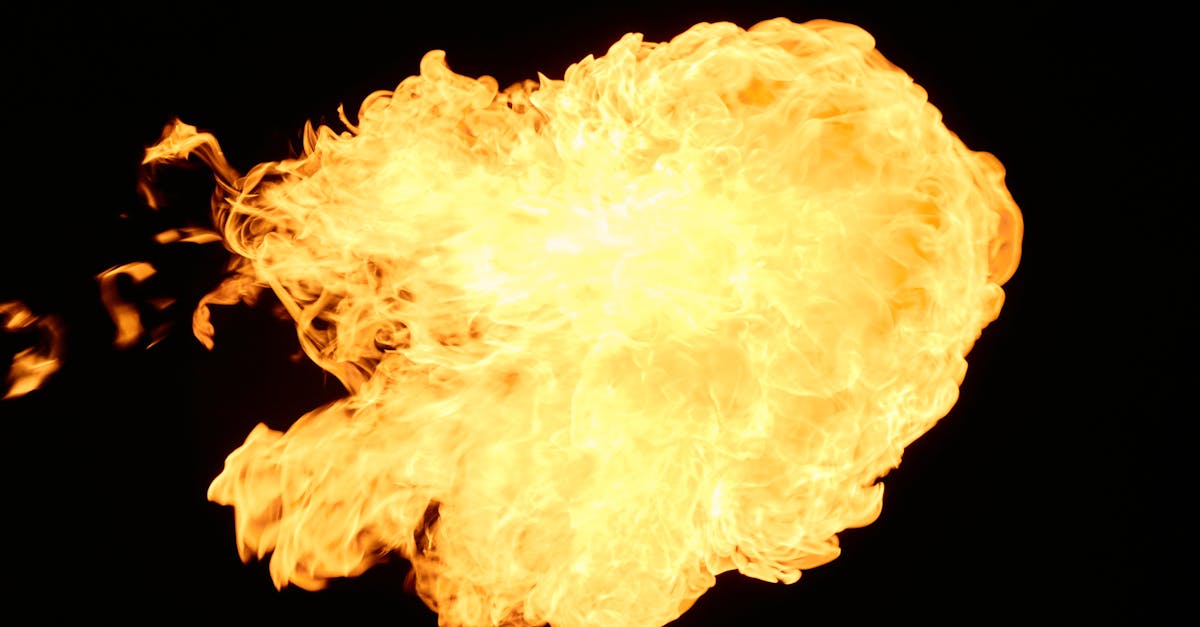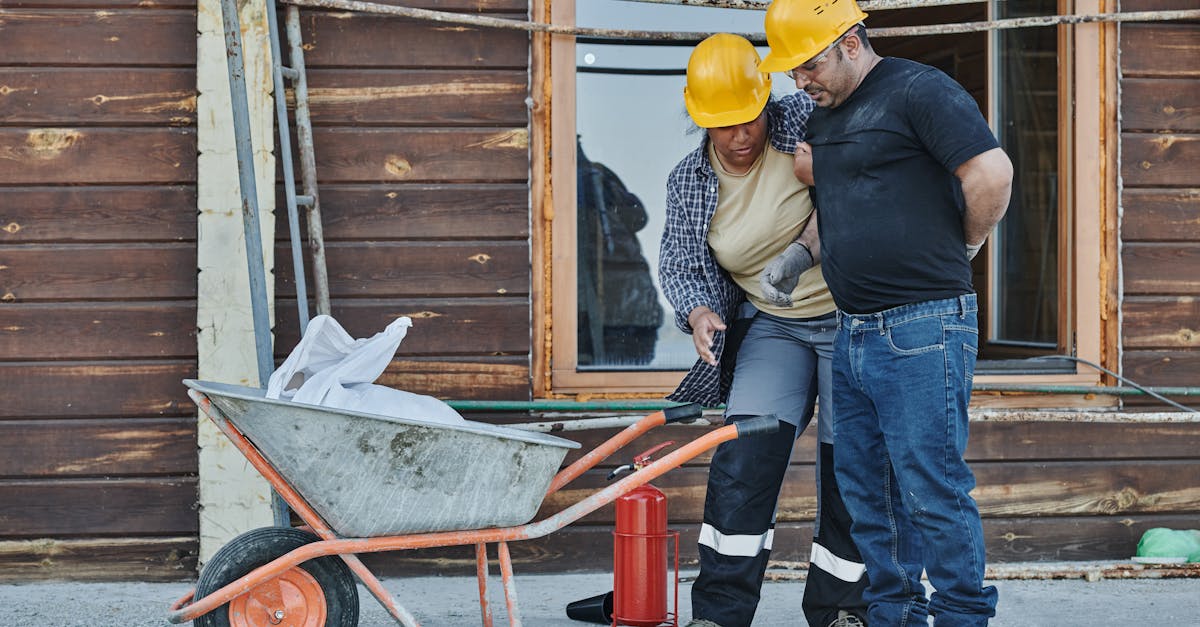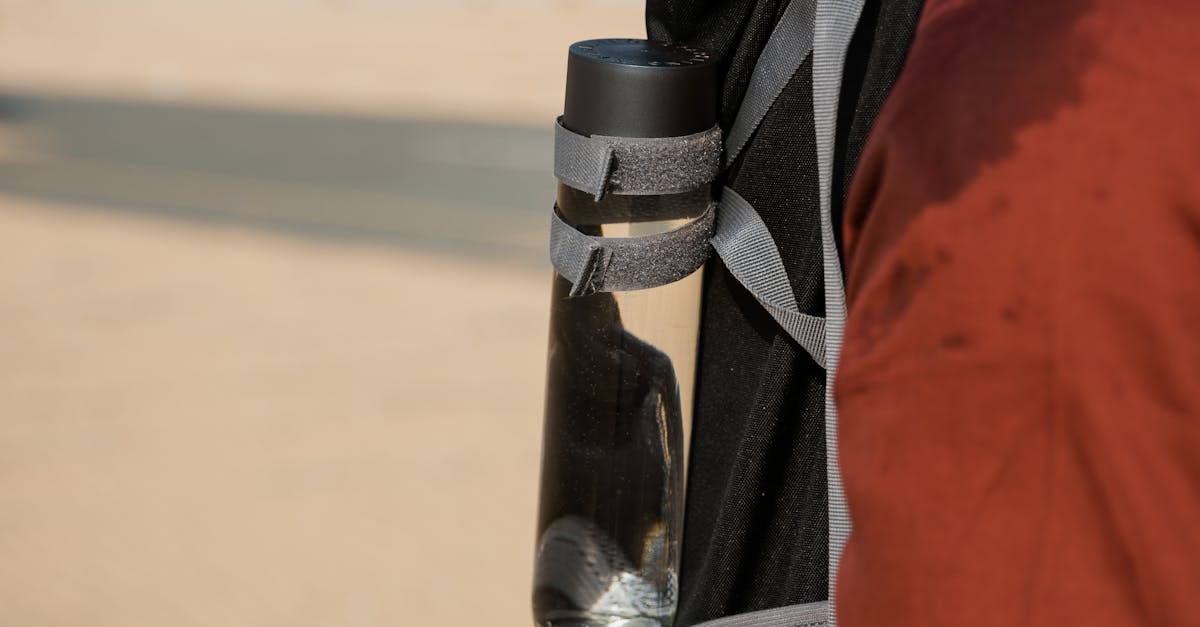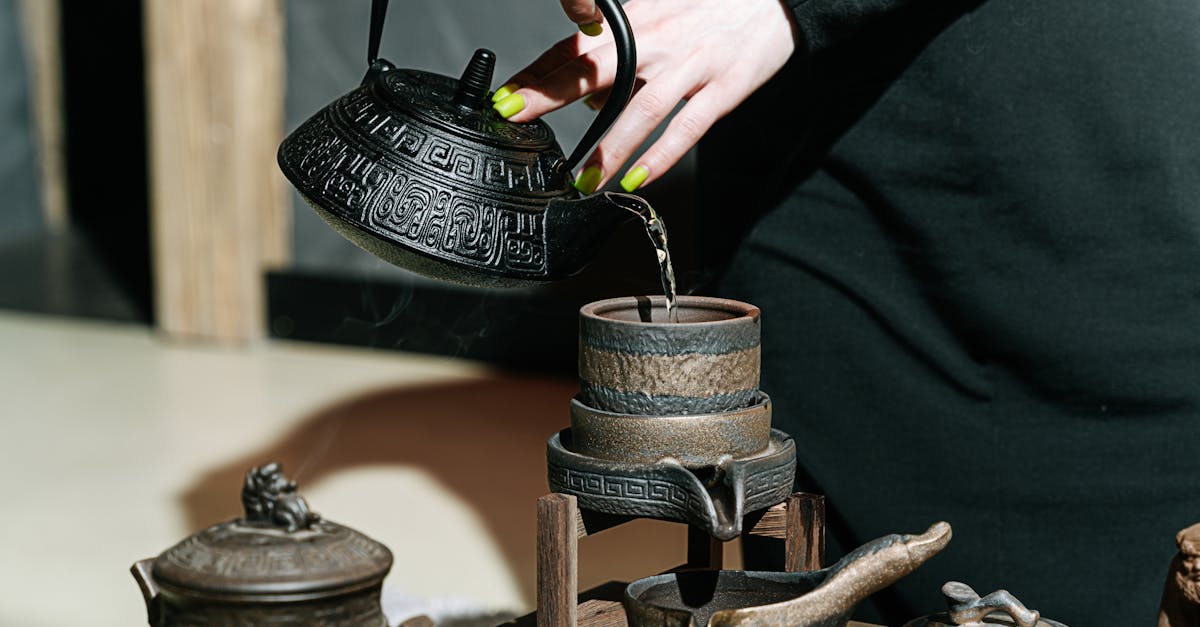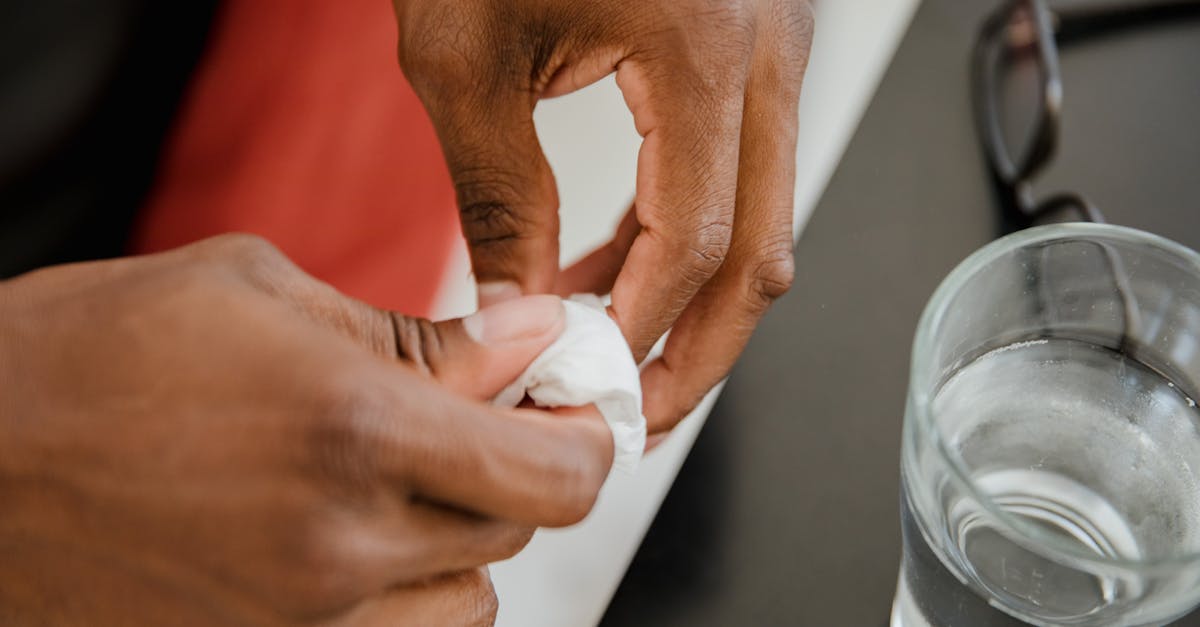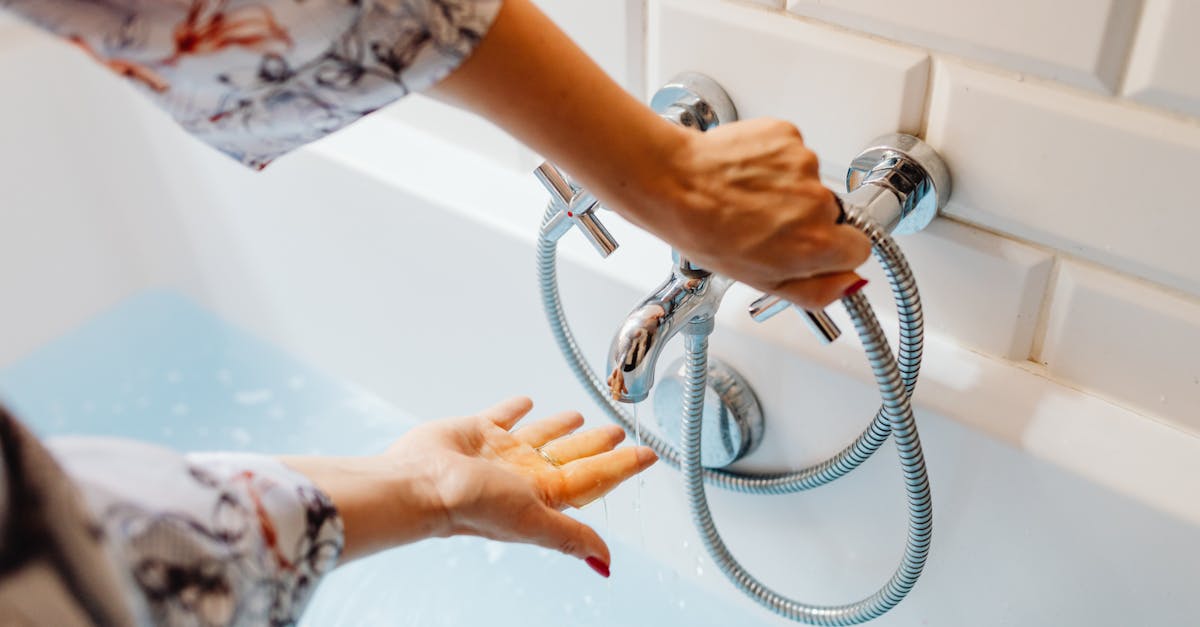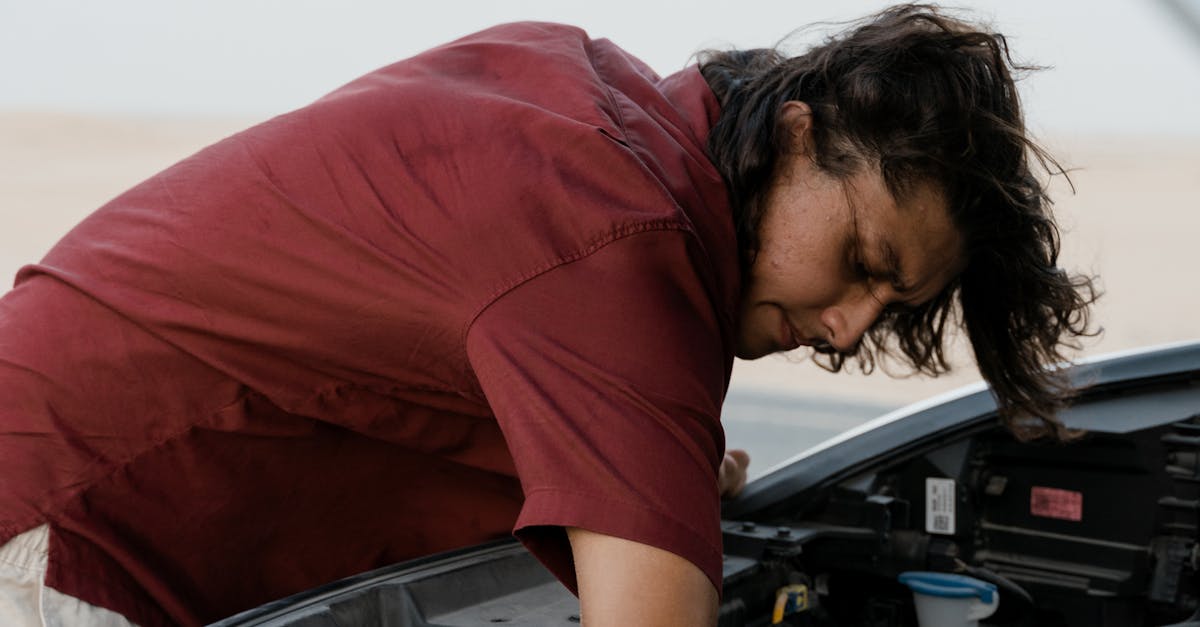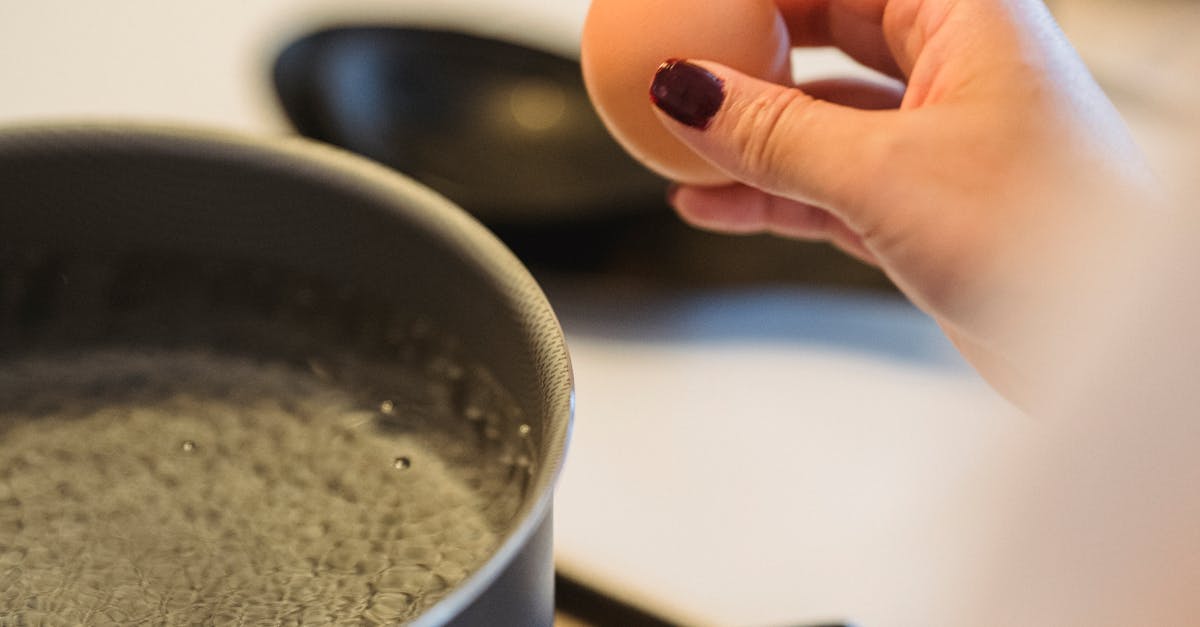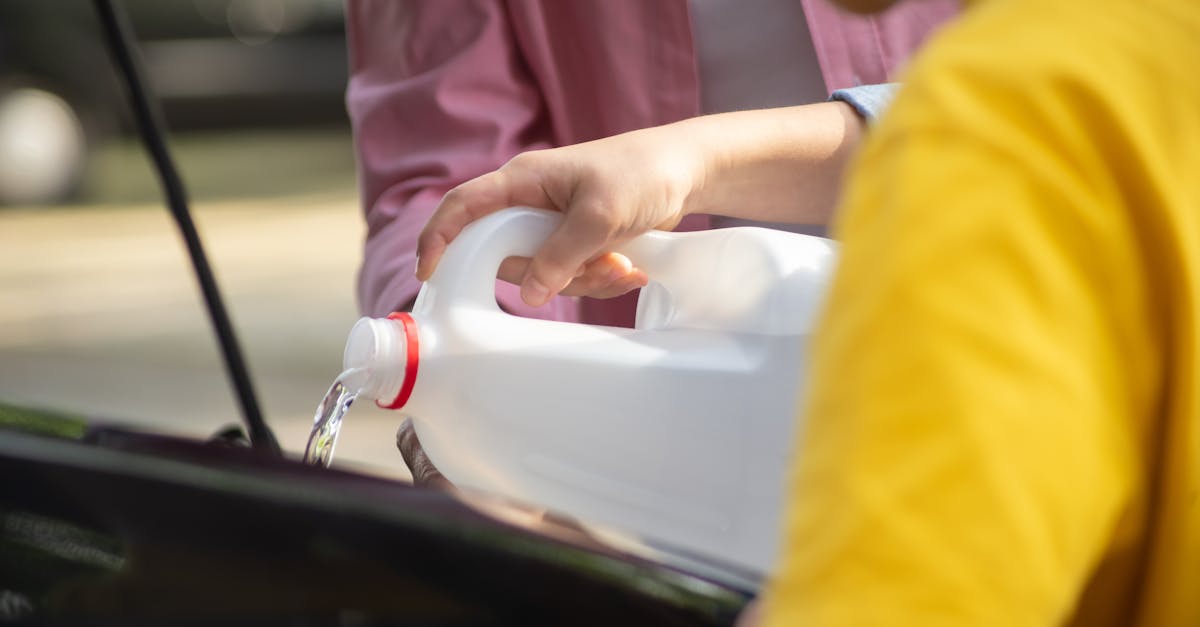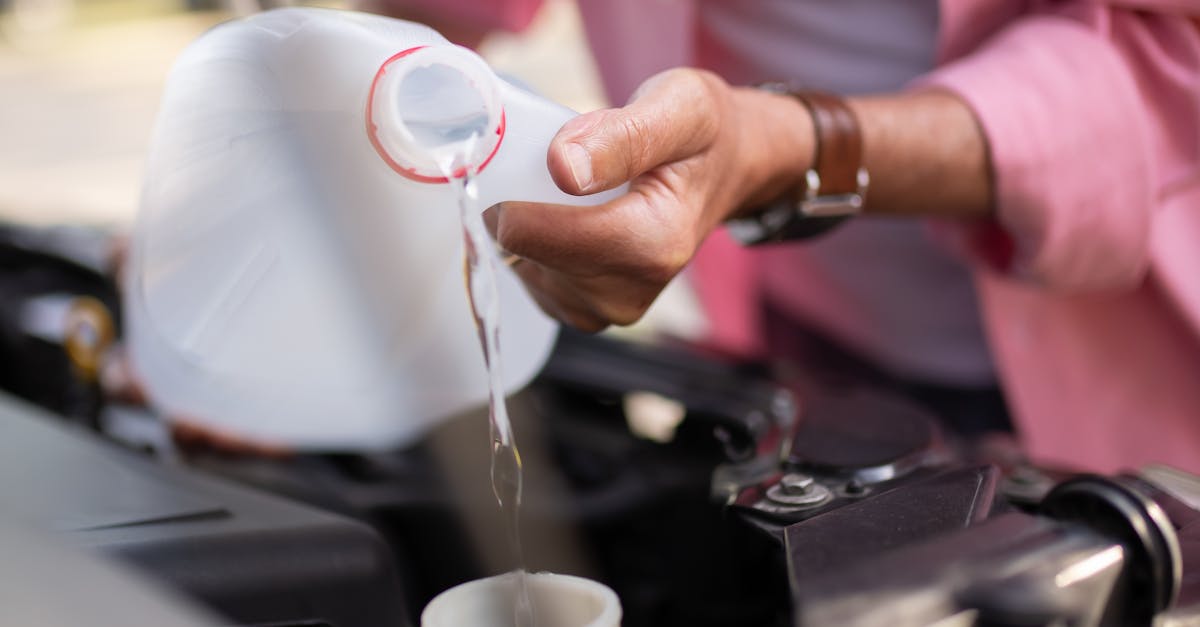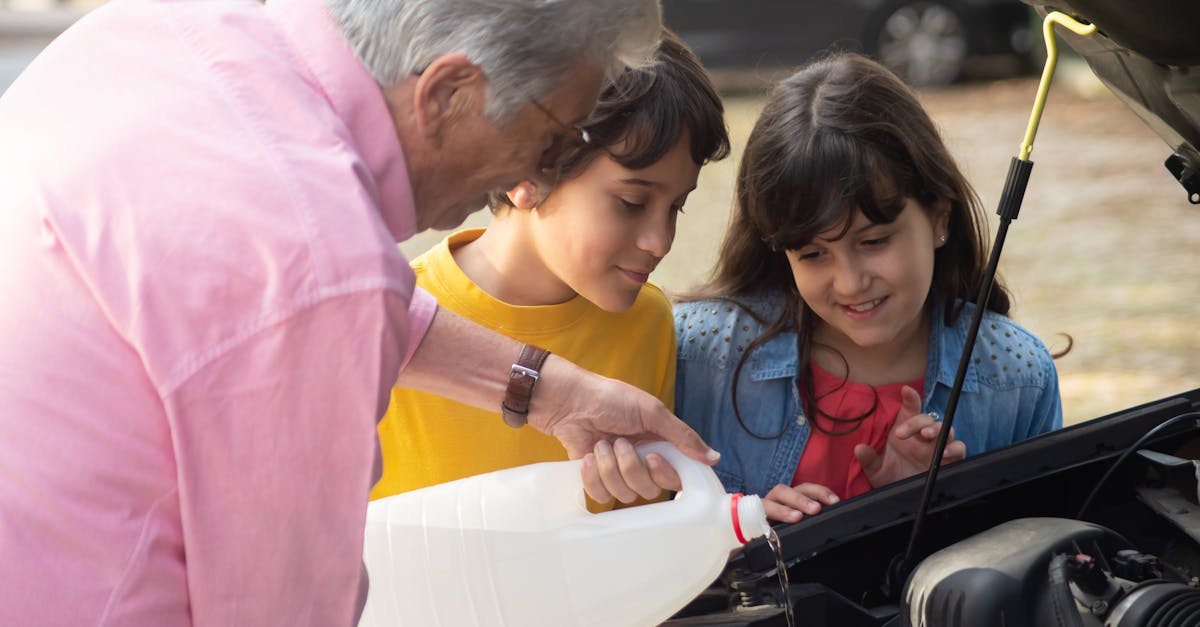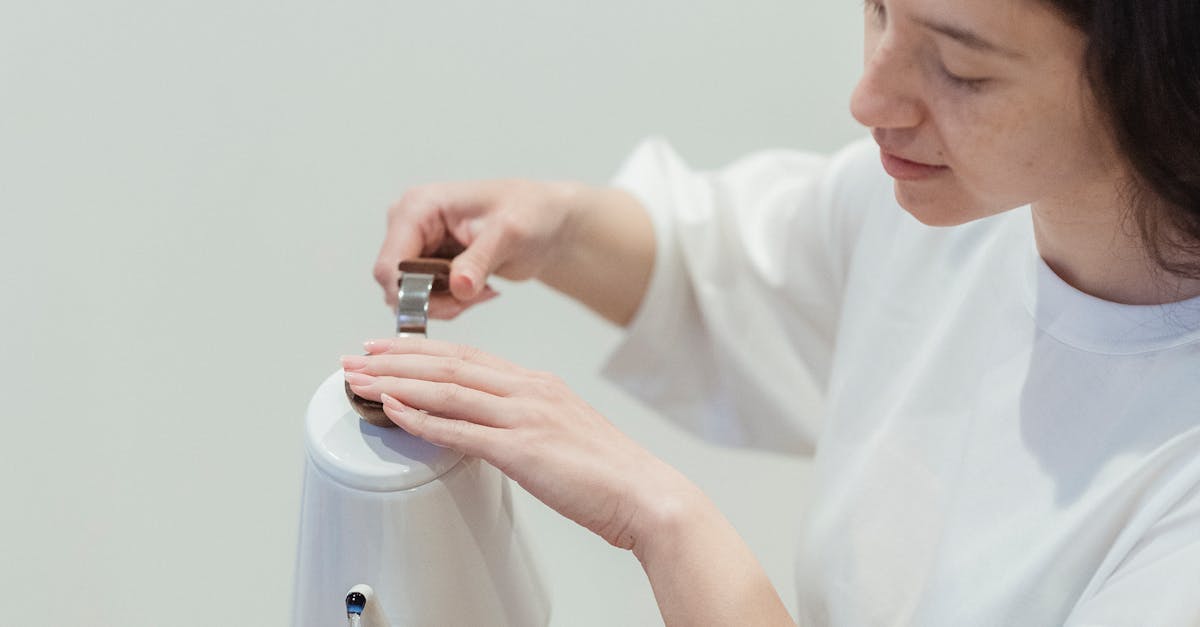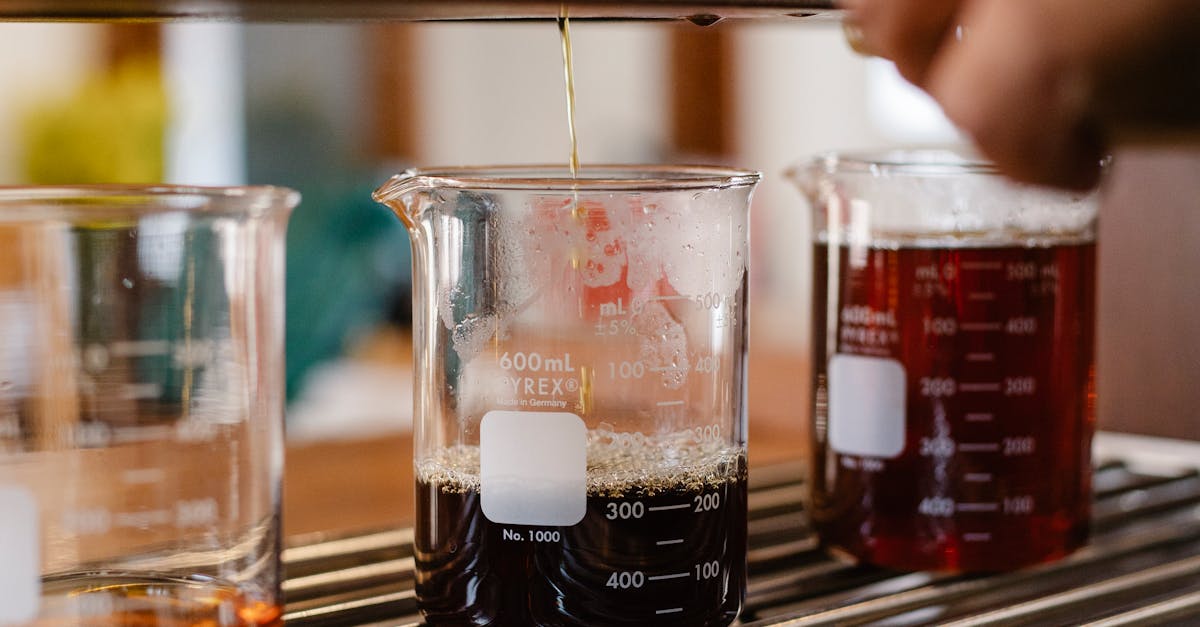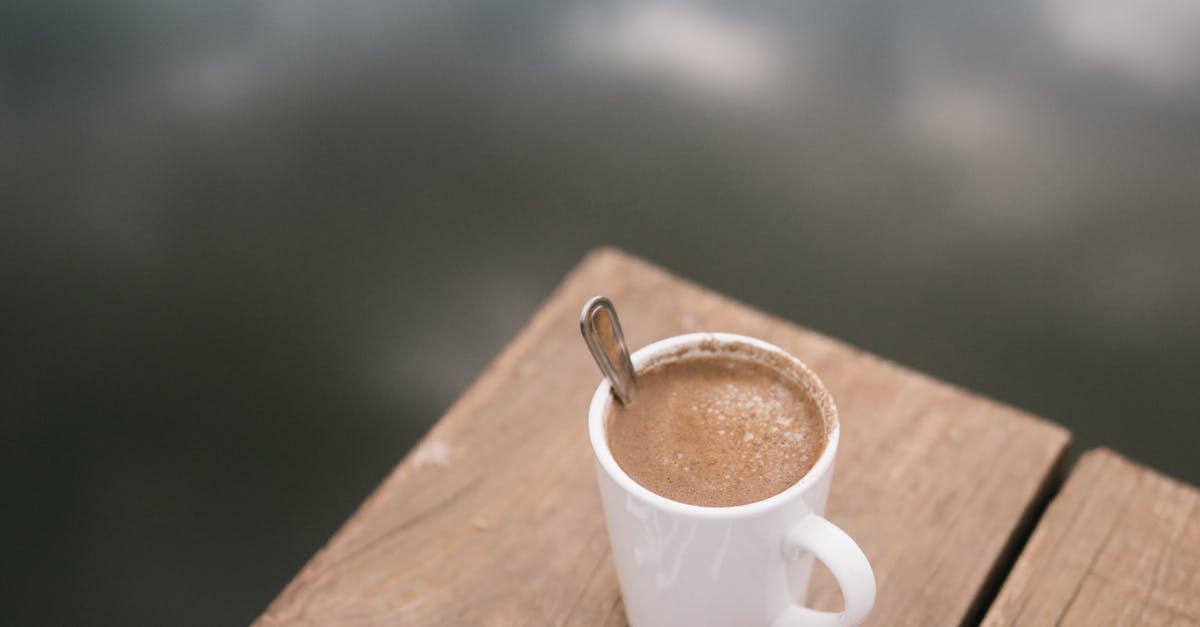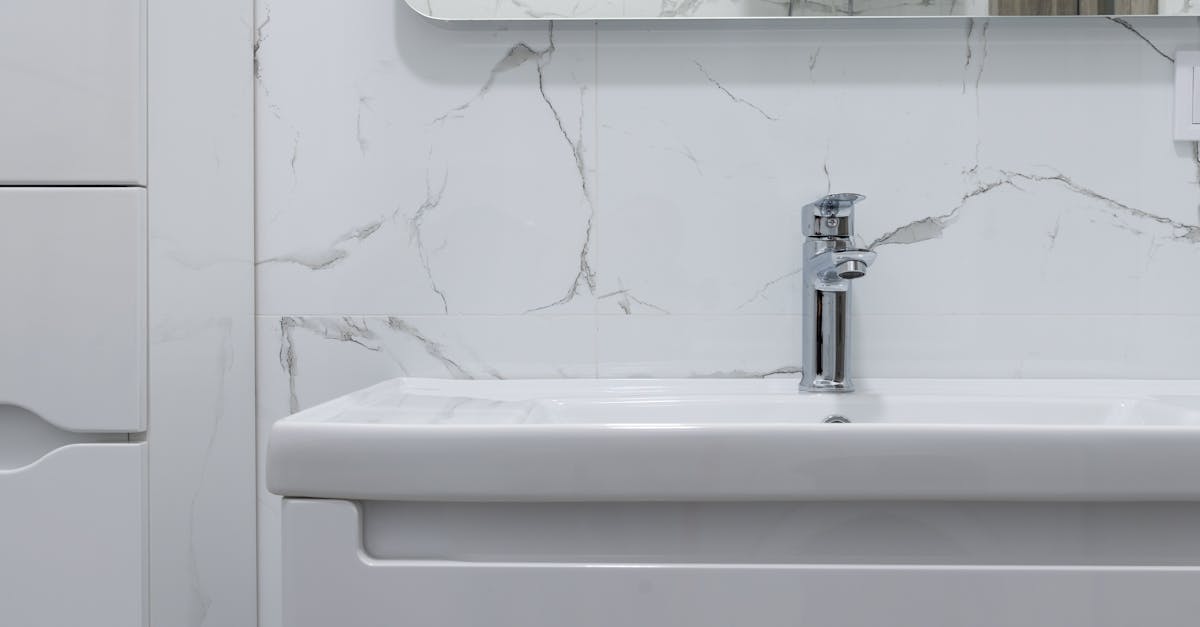
Table Of Contents
Connecting a Hose for Draining
To begin the process of draining your water heater, you will need to connect a hose to the drain valve. Locate the valve, which is typically situated near the bottom of the unit. Attach a sturdy garden hose, ensuring it fits securely to prevent leaks. This hose will direct the released water away from the heater and any potential water damage. If you're experiencing issues, preparing for an emergency hot water repair is crucial, and the draining process is an essential step.
Once the hose is securely attached, position the other end of the hose in a suitable drainage location. Ensure that it leads to a floor drain or outside, where water can flow freely without causing any hazards. It's important to check for any kinks in the hose that might impede the flow of water. This preparation not only helps during an emergency hot water repair but also ensures a safe and efficient draining process. Maintaining focus on these connections will facilitate a smoother operation in critical situations.
Proper Hose Attachment Techniques
Attaching a hose to your water heater requires a few straightforward techniques to ensure an effective drainage process. Begin by turning off the power or gas supply to the heater to prevent any heat-related accidents during the procedure. Once the heater has cooled, locate the drain valve, typically found at the bottom of the tank. Ensure that the area around the drain is clear and easily accessible. Thread the hose onto the drain valve, making sure it fits snugly. A tight seal is crucial to avoid any leaks or spills while draining.
After securely attaching the hose, direct the other end towards a suitable drainage location. This could be a floor drain, a large bucket, or even outside if the layout permits. During an emergency hot water repair, check for any signs of wear or damage on the hose that could compromise its integrity. Monitor the attachment periodically to ensure no disconnections occur, as this may lead to further complications such as water damage or excess spillage.
Where to Drain the Water
Finding a suitable drainage location is crucial when you need to empty your water heater. Ideally, the water should be drained into a floor drain or a sump pit. If these options are unavailable, using a bucket or a large container can be effective, but this method may require more effort and time. Ensure that the area you choose will handle the volume of water being released, as this will prevent any potential overflow or flooding.
In situations requiring emergency hot water repair, you might also consider draining the water outside, provided you have an appropriate and safe pathway. Make sure to check local regulations regarding water drainage, especially if your water contains any contaminants. This consideration is particularly important if you live in a residential area where environmental concerns are a priority. Always exercise caution to avoid damage to your property while handling hot water.
Identifying Suitable Drainage Locations
When you need to drain water from your hot water heater, it’s crucial to identify suitable drainage locations. Ideally, you should direct the water into a floor drain, which allows for easy disposal without causing any flooding. If a floor drain isn't available, consider using a large bucket or other containers, but ensure they are sufficiently sized to handle the volume of water. Always check the surrounding area for any potential drainage impediments to avoid creating a mess during your emergency hot water repair.
Another option might be to drain water outdoors, provided that the local regulations permit it and the water won’t cause any environmental harm. Ensure the drain leads to a safe area where the water can disperse without damaging your property or that of a neighbour. Proper planning for drainage will help keep the process efficient and safe, allowing for a smoother emergency hot water repair.
Monitoring the Draining Process
As the water begins to flow from the heater, it's essential to keep an eye on the draining process. Monitor the water's colour and clarity. If you notice any unusual sediment or discoloration, it may indicate an underlying issue, requiring further investigation. Staying vigilant during this phase helps ensure that you are aware of any potential problems that could arise from a damaged water heater, especially if you are facing an emergency hot water repair situation.
Throughout the draining, maintain a close check on the area surrounding the hose. Ensure there are no leaks or spills that could pose safety hazards. It is helpful to have a container on hand to catch any overflow while the water is draining. Properly monitoring the process can prevent unnecessary mess and make the repair task smoother.
What to Look for While Draining
While draining the water from your water heater, it's essential to monitor the flow closely. Look for any irregularities, such as sudden changes in pressure or unexpected leaks around the connections. These can signal a potential issue that may require immediate attention. If you notice anything unusual, it may be wise to halt the draining process and reassess the connections or the state of the heater itself. Being proactive can prevent further complications, especially if you're facing an emergency hot water repair situation.
As the water drains, keep an eye on the surrounding area to prevent any accidental overflow or pooling. Ensure that the drain location can handle the volume and that no blockages are present. If you're using a hose, check that it remains secure and hasn't slipped out of position. Maintaining control over the drainage will not only aid in a swift resolution but will also help you avoid additional clean-up and potential damage to your property. Proper vigilance during this process is crucial in managing an emergency hot water repair efficiently.
FAQS
How do I know if my water heater needs to be drained?
You may need to drain your water heater if you notice a decrease in hot water supply, unusual noises from the heater, or if there are signs of sediment build-up, such as discoloured water.
Is it safe to drain my water heater myself?
Yes, it is generally safe to drain your water heater yourself, as long as you follow the proper procedures and take necessary precautions, such as turning off the power or gas supply and allowing the water to cool.
What tools do I need to drain my water heater?
You will typically need a garden hose, a bucket (if you're not draining directly outside), and possibly a screwdriver or wrench, depending on the type of drain valve on your water heater.
Can I drain my water heater into my garden?
Yes, you can drain your water heater into your garden, provided that the water is free of contaminants and the drainage is directed away from your home's foundation.
How often should I drain my water heater to maintain it?
It's recommended to drain your water heater at least once a year to prevent sediment build-up and ensure efficient operation. However, if you have hard water, you might need to do it more frequently.


